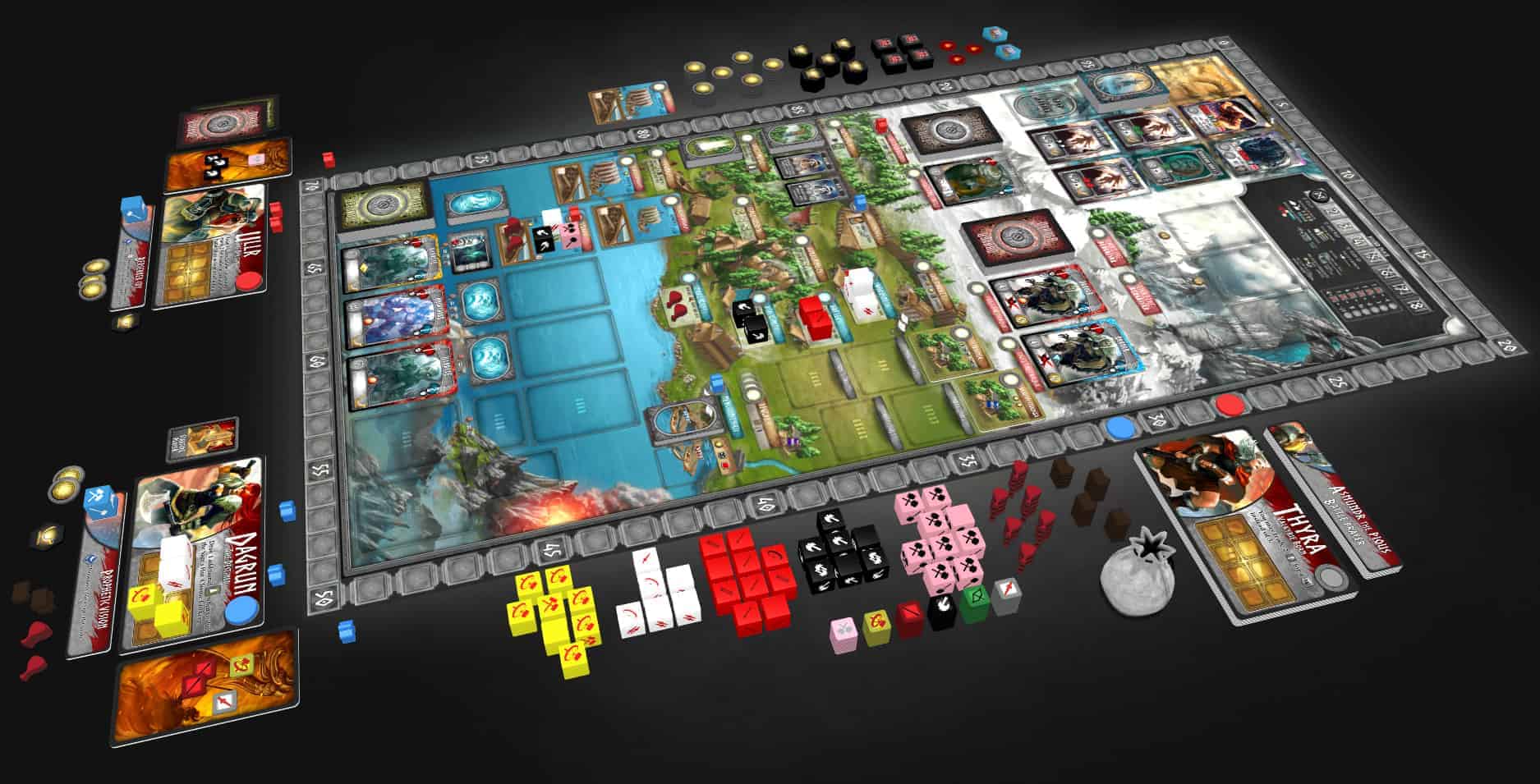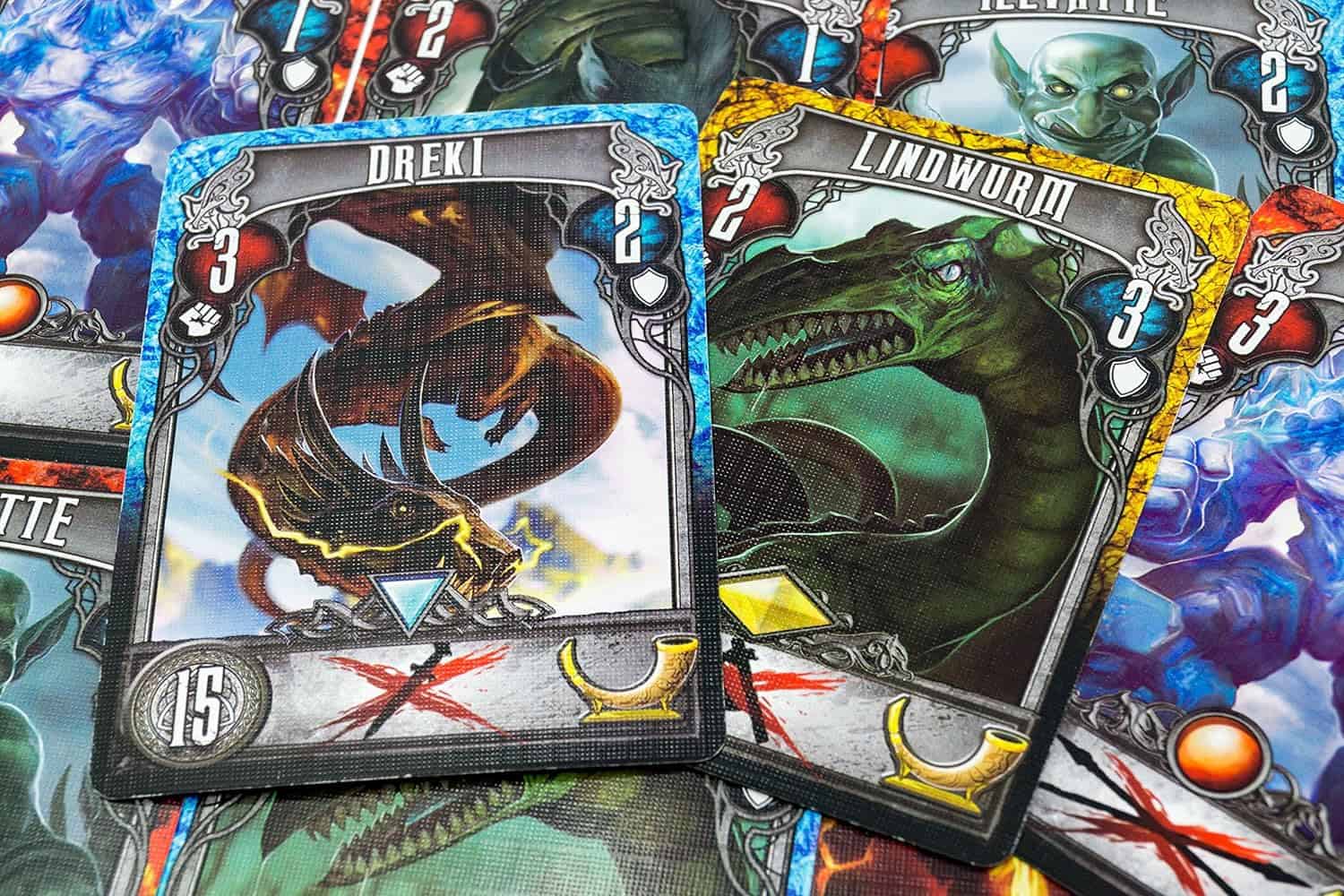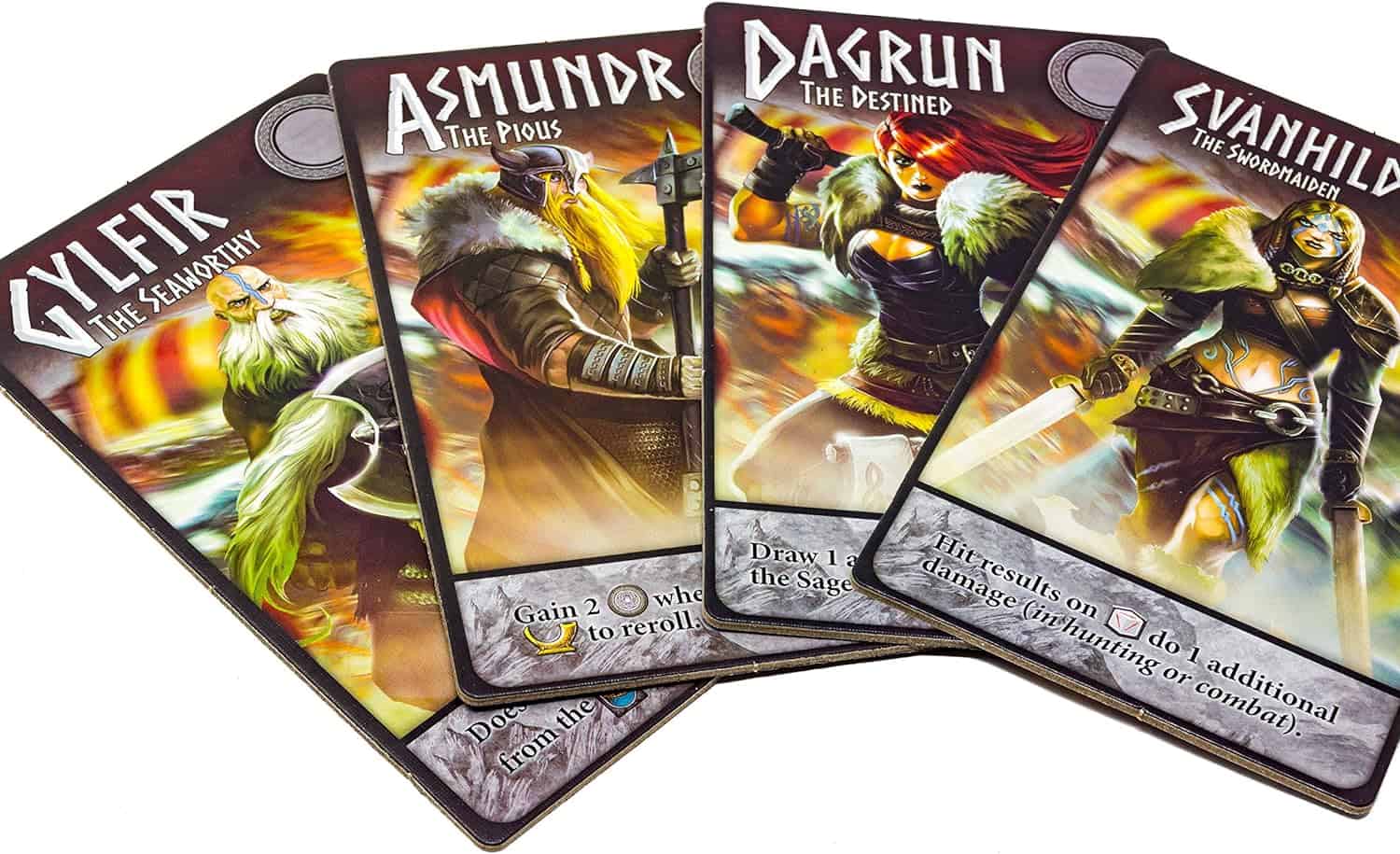In the world of Champions of Midgard, you’re not just a Viking; you’re the most Vikingy Viking that ever Vikinged. Your quest? To become the chieftain of your village, and you’re willing to slay more monsters than a dragon with indigestion to get there.
Picture this: You’re not heading to the office; you’re on an epic commute to a mystical realm filled with trolls, draugrs, and giant sea serpents.
Forget the coffee machine; you’re brewing mead to power your mighty warriors. But be warned, your workforce isn’t clocking in for a day job; they’re embarking on epic battles with creatures that eat Viking heroes for breakfast.
And your glorious victory? It’s not a corner office; it’s the title of Chieftain, and it comes with all the bragging rights and ale you can handle.
So, gear up, sharpen your axes, and prepare to embark on the most Vikingtastic adventure of your life, where every troll you vanquish and every mead you chug is another step on the path to Viking greatness!
What’s included in Champions of Midgard

- Game board representing the Viking village and the journey to epic destinations.
- Viking warrior and leader tokens.
- Food and wood resource tokens.
- Battle dice.
- Destiny cards.
- Monster and epic monster cards.
- Journey cards.
- Valhalla board.
- Glory tokens.
How to play Champions of Midgard?

Champions of Midgard is a Viking-themed board game where players take on the roles of Viking leaders competing to earn glory by defeating monsters and facing off against epic creatures. The goal of the game is to earn the most glory points by recruiting warriors, defeating monsters, fulfilling destiny cards, and ultimately defeating the epic monsters.
Setup
- Place the game board in the center of the table.
- Set up the Valhalla board next to the main board.
- Shuffle the journey cards and create a face-down deck.
- Shuffle the monster cards and epic monster cards, then create a face-down deck for each.
- Place the food and wood tokens near the board.
- Give each player a leader token and three warrior tokens.
- Each player starts with three food and three wood.
- Randomly determine the starting player.
Rules for Champions of Midgard

The game is played over a series of rounds, consisting of the following phases:
- Worker Placement Phase:
- Players take turns placing their worker tokens on various action spaces on the board.
- Available actions include recruiting warriors, gathering resources, embarking on journeys, and preparing to battle monsters.
- Some spaces allow you to draw destiny cards or gain a leader’s ability.
- Voyage Phase:
- After all workers have been placed, players embark on voyages to battle monsters and collect glory.
- Declare which monsters you want to face, spending food to send warriors on each voyage.
- Roll dice to determine the outcome of battles, and claim glory points for each defeated monster.
- Some journeys require specific warriors or resources for success.
- Raid Phase:
- If you have warriors remaining in your village, they can raid and earn resources (food and wood).
- Leaders and certain warriors may have special abilities that trigger during this phase.
- End of Round:
- Players check for end-of-round effects, such as losing warriors in Valhalla or returning to the village.
- Pass the starting player token to the next player clockwise.
- Advance the destiny marker on the destiny card track.
Game End: The game continues until one player has reached or exceeded the required number of glory points. The player with the most glory points wins. If there is a tie, the player with the most food and wood tokens wins.
For the official rules, see the link below:
Strategies to consider to be a successful viking
To succeed in this Viking-themed board game, consider the following common strategies:
- Balanced Resource Management:
- Early in the game, focus on acquiring a mix of warriors and resources (food and wood). Building a strong Viking crew is essential for later battles.
- Food is crucial, as it allows you to send warriors on voyages. Ensure you have a steady supply of food to engage in battles and reap glory points.
- Consider Warrior Types:
- Different types of warriors have varying abilities. Some are better suited for certain monsters or battles. Plan your crew composition strategically.
- Shieldbearers and Swordsmen are versatile and work well against many monsters.
- Spearmen are more effective against epic monsters, so consider recruiting them when planning to face these formidable foes.
- Valhalla Strategy:
- Don’t be overly cautious about losing warriors in battle. Fallen warriors go to Valhalla, earning you glory points at the end of the game. Valhalla can be a significant source of points if managed well.
- Destiny Card Focus:
- Destiny cards provide a clear path to glory points. Aim to fulfill these cards by recruiting the necessary warriors and resources.
- Balancing your strategies with destiny cards can lead to a well-rounded approach.
- Leader Abilities:
- Utilize your leader’s special ability to your advantage. Some leader abilities offer unique advantages in battles, resource gathering, or dice manipulation.
- Plan your actions around your leader’s strengths and tailor your strategy accordingly.
- Journey Selection:
- Carefully choose your voyages based on the dice probabilities and your available warriors and resources. Some monsters are easier to defeat than others.
- Prioritize the monsters or epic monsters that offer the most glory points and match your crew’s strengths.
- Resource Conversion:
- Convert resources into warriors or other valuable assets when necessary. Warriors are a precious resource, and you may need to spend food and wood wisely to recruit more.
- Risk Management:
- Assess the risk of voyages before sending your warriors. High-risk voyages can lead to significant rewards, but also losses. Make calculated decisions.
- Adaptability:
- Be flexible in your approach. Pay attention to your opponents’ strategies and adapt yours accordingly.
- Keep an eye on destiny cards and be ready to change your focus if a more favorable opportunity arises.
- End-Game Planning:
- Consider the end-game conditions and plan your strategy accordingly. Try to time your victory point gains to coincide with the end of the game.